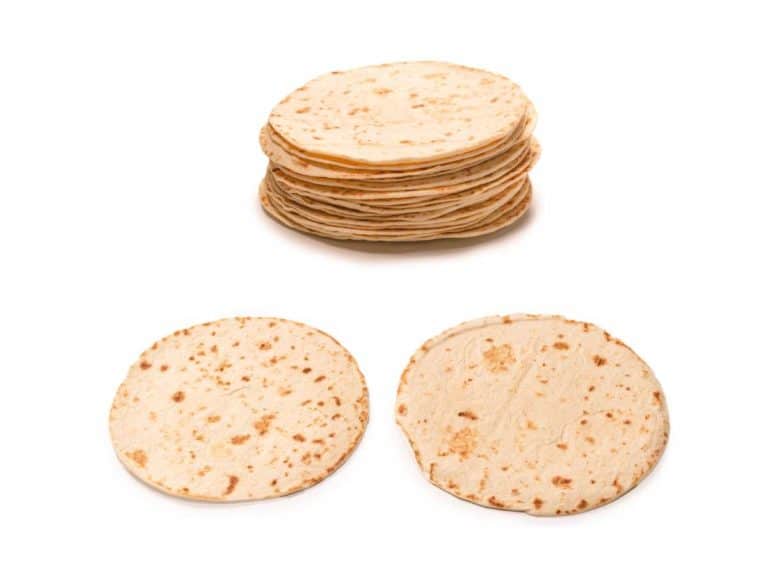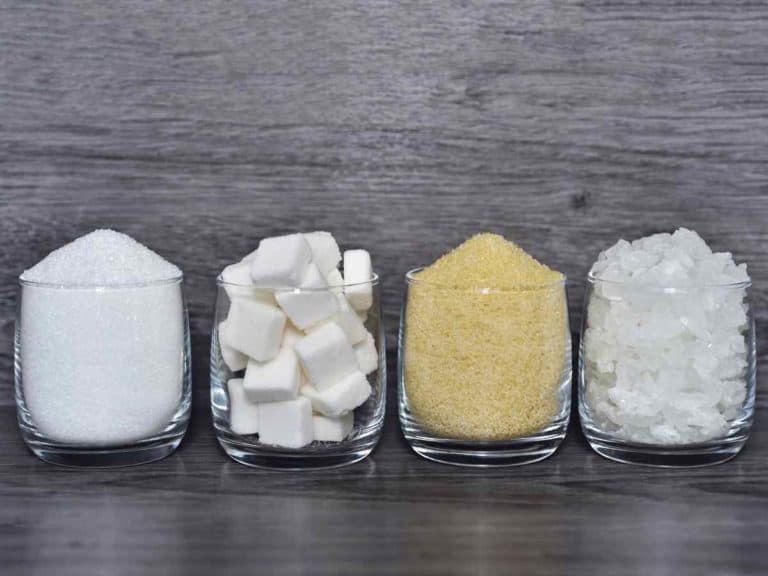How to Store Popular Seaweed Types
Seaweed is a staple in East Asian cuisine, especially China, Japan, and Korea. Seaweeds can be bought as dried or fresh. If you have or are planning to buy either, you may be wondering how to store seaweed.
You can store fresh seaweed in the refrigerator. It can remain fresh in there for 3 or 4 days. You can also freeze fresh seaweed. You need to wash and dry the seaweed before freezing. Frozen fresh seaweed can keep for 6 to 12 months. For dried seaweed, just keep them in a cool, dry, dark place.
While seaweed can either be fresh or dried, there are many types. Each can respond differently storage. You can learn below about the different types and how to store them.
Storing Fresh Seaweed
You can buy fresh seaweed from many Asian grocery stores. Store it as soon as possible, but not before washing it. You can wash seaweed by thoroughly running clean water through it. Do this method multiple times, usually at least 3, to make sure you get all the debris out. Use your hands to agitate the seaweed for a more thorough washing.
Fresh seaweed can keep for 3 to 4 days in the refrigerator. If you want to freeze it, dry it first. Alternatively, before drying, you can also blanch it just like with most vegetables. Dry it afterwards.
Once it is dry, put it in a sealed container, preferably air-tight, then in the freezer.
Frozen fresh seaweed can keep for 6 to 12 months. If you have a vacuum sealer, using it before freezing would ensure better quality.
Storing Dried Seaweed
Dried seaweed can keep for much longer than fresh ones. Since the moisture is removed, spoilage microorganisms can’t thrive. Dried seaweed usually comes in sealed packaging. Put it in a cool, dark, dry place. If left unopened, dried seaweed can last years after its supposed expiration date. If you have leftover dried seaweed, put it in a sealable air-tight container and store it in the same place.
Another type of dried seaweed is seasoned dried seaweed. Seasoned dried seaweed is typically used in Korean dishes. This version is usually seasoned with salt and sesame oil. The oil can lower the shelf-life of the dried seaweed because oils can go rancid.
As you read earlier, plain dried seaweed can last for years past its expiration date. But because of the oils, seasoned dried seaweed can last for less than a year past its. After that, it can start developing off-flavors.
You can also freeze dried seaweed, plain or seasoned. They can last for years when frozen. Whether opened or not, place the dried seaweed in an air-tight moisture-proof container.
The reason you might want to transfer containers is that the original packaging may not be freezer-proof. If not, the packaging may degrade over time and let moisture in.
Keep Dried Seaweed From Getting Soggy
You may also want to use rigid containers. Dry thin sheets of seaweed are fragile. Using tough containers instead of sealable bags can prevent tearing. Being air-tight and moisture-proof is also crucial for dried seaweed sheets. Refrigerators and freezers can be humid.
If the container you use isn’t moisture-proof, moisture will accumulate in the sheets. The moisture buildup can make the sheets soft, sticky, and soggy. You may not be able to separate them later.
Popular Seaweeds and How To Store Them
There are thousands of seaweed species, but we only eat a few of them. Below are the ones that are commonly found in cooking.
Nori
Nori is the Japanese term. In Chinese, it’s known as zicai. In Korean, it’s gim.
Most people recognize nori as dried thin sheets. The sheets appear dark green or black, but nori is actually a type of red algae. Nori can be eaten by itself as a snack. But it is more usually used to wrap sushi or onigir (rice balls).
Dried or toasted nori sheets absorb moisture easily from the air. Hence, it should be stored in air-tight containers. A resealable bag or sealed jar will do.
It would be better if you store them with a desiccant. If the environment is humid, you can opt to freeze your nori sheets. Put them first in air-tight and moisture-proof containers.
Kombu
Kombu is a brown seaweed and kelp that is often used in making dashi or stock in Japanese cuisine. It is usually dried and shaped into wide strips. Store kombu like any plain dried seaweed. Store cooked kombu in the refrigerator in airtight containers.
Wakame
Wakame is also more commonly sold as dried. You can also find the dry salt-preserved version in the refrigerated section. You can keep wakame in the sealed bag it came in.
Keep it like any plain dried seaweed. But if you got the salt-preserved version, keep it refrigerated. The salt-preserved wakame can last for several weeks in the refrigerator.
You can keep rehydrated wakame in the refrigerator for 3 to 4 days or in the freezer for about a year. Rehydrated wakame is commonly used in seaweed salads or chopped up in miso soup.
Ogonori
People from the West may know ogonori as sea moss. It can be a green, white, or purplish mossy seaweed. Ogonori is also common in other Asian countries, particularly the Philippines. It is also used in dishes in South America, Africa, and Oceania.
Unlike the previous seaweeds, dried ogonori isn’t processed into sheets. But you can still store it like any plain dried seaweed. Store fresh ogonori as any fresh seaweed.
Ogonori is also used to make gels. It is used to make agar or agar-agar, which is like the vegan version of gelatin. In the Philippines, it is used to make a gel called gulaman. If you get ogonori in gel form, you can keep it in the refrigerator.
Commercial ogonori gel is usually hermetically sealed. If unopened, the gels can be stored in a cool, dark, dry place as well. If opened, keep it in the refrigerator where it can last for 2 weeks or more.
Umibudo
Umibudo transalates to “sea grapes”, which is what the seaweed is also called in English. Instead of the typical leaf structures, umibudo has bubbles on its stems, hence the name. Umibduo is unique from the previous seaweeds mentioned here. The reason is that umibudo is commonly sold fresh.
Unlike the previous seaweeds you read here, umibudo is sold fresh. You can store it at room temperature, where it can remain fresh for 3 to 5 days. If you want to refrigerate umibudo, put it in an air-tight rigid container.
If you put it in a resealable bag, it might get squished. The grapes on the umibudo can be delicate. When stored well in the refrigerator, it can last for at least 7 days. Umibudo can last longer in either room or refrigerated temperature if you put them in a salt-water solution.
If you intend to freeze umibudo, you have to remove the grapes from the stems. Spread them in a freezer tray to keep them from sticking. Freeze the grapes for a few hours, usually at least 4. Once frozen, transfer the grapes to a resealable bag and put them back in the freezer.
Related Questions
Is seaweed healthy?
Seaweeds are healthy because they are low in calories and packed with minerals like iron, iodine, and calcium. They also have some vitamins like vitamins A, C, E, and K
Are seaweeds plants?
Seaweeds are technically not plants. They are algae. But they share many similar characteristics with plants, like photosynthesis. Seaweeds are also vegan/vegetarian.





